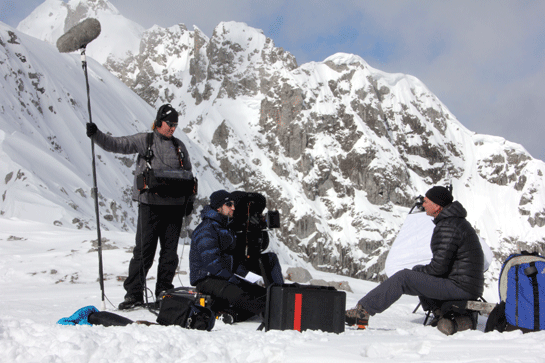For almost 20 years I have worked with the press and media. Our relationship has been a happy one, with both sides benefitting – they have their story and I have free PR (and occasionally a bit of money too!) I’d like to share my experiences over a few blogs to help you work more effectively with the them…
In this first blog, I’d like to cover a few general points which will make everyone’s life easier…
- Contacts – If you have a story to tell, then tell it..! The media in your area (particularly newspapers, magazines and local BBC Radio) will usually snap these type of stories up, due to the local angle. Their contact details will be available on the internet, but never make the initial approach by e-mail, as reporters receive hundreds of messages every week. Telephone reception and ask for the news desk or news editor. They may ask you to send your story in by e-mail, but you now have a name and contact information. Don’t forget to leave them with relevant contact details for you (telephone/mobile/e-mail). I’ve created a database of media contacts which I keep up to date and use regularly.
- Don’t Panic – Unless your preparing to go head to head with Jeremy Paxman or John Humphrys over a political issue, you have little to fear. Reporters will want an angle to a story and some basic information, so have it ready. Interviews for printed media may be face to face, but many are over the telephone or by e-mail. Be yourself and answer questions clearly. Provide interesting information or facts and get your message across to them. This could be that you are climbing a mountain, running a marathon or launching a business. Your message is important and must be reinforced, but don’t overdo it. If you’re live in a radio studio, speak clearly, remember to breathe and don’t shout..!
- Images – ‘a picture speaks a thousand words’ is even more relevant in this modern world of digital media. It’s vital you supply high quality images if requested, and that you hold the copyright or permission to use them. If a press photographer appears, work with them and don’t be too pretentious. They will have a number of shoots to do in the day, so time is precious. Again, exchange those all important contact details.
- Timing – Think of the publications you wish to approach. Many magazines are weekly or monthly, so give them enough lead in time. If they ask you to provide an article or images, don’t miss the deadline as journalists can’t extend them. Web based media works at the touch of a button and they might want something there and then. At times this can be difficult (I’ve been asked whilst on ski slopes and mountains in the Alps), but I’ve always promised to get back to them ASAP and I have. This is important – always follow up if you say you will. If you don’t, they will go somewhere else for their piece.
- Become an Expert – The press are always after comment or expertise, for stories or articles. Whatever it is (Politics/IT/Mountaineering), if you have a good relationship, then you could be contacted about news stories as they break, or for ongoing comment. This is some of the best PR you will ever get. Keep up to date with breaking news and always offer to keep in touch as the story changes. Be the best and most reliable source of quality information they can find and keep your mobile phone fully charged..! Only today I was contacted by Channel 4 regarding fighting on Mt Everest. I couldn’t really comment as I’ve not climbed on the peak, but my friends Cathy O’Dowd and Alan Hinkes have, so I referred their details to the reporter, and I’m delighted that they both received an interview.
That’s enough to get you started for now. Over the next few blogs I’ll cover TV, Radio, printed media and social media individually. If you have any questions please feel free to drop me a line…
